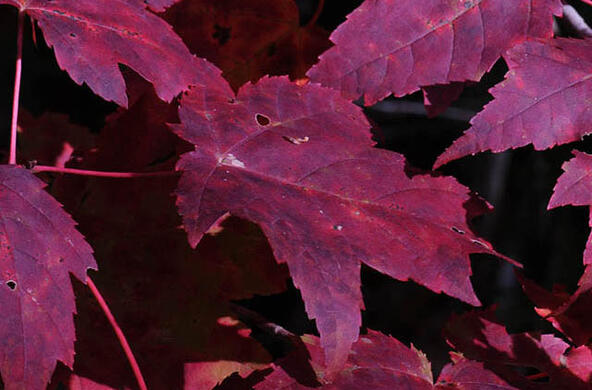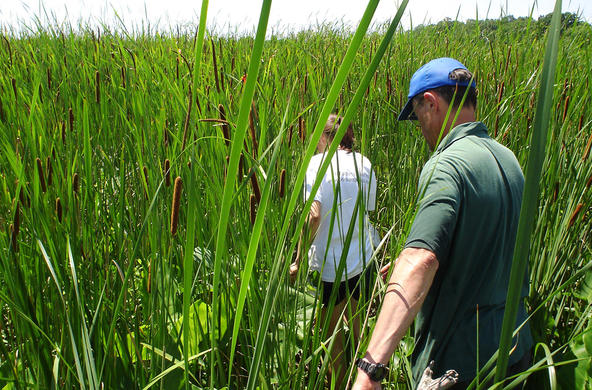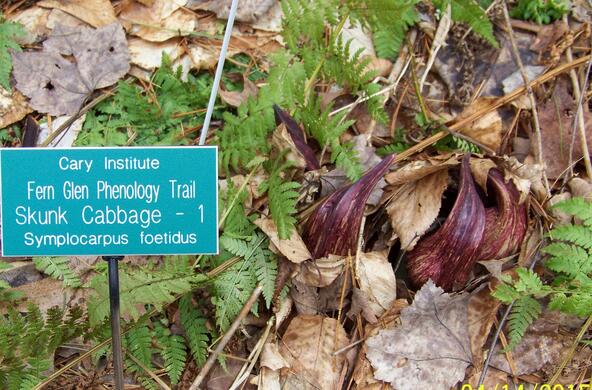Objectives
Students will know how to test for turbidity in their local stream and will be able to explain whether their stream is contaminated by turbidity.
Overview
Rating:
- Students will make predictions about turbidity pollution in their sampling area.
- Students collect local water samples.
Materials
- Copies of student worksheet – Is it too cloudy?
- Computer or overhead projector.
- Sample bottles
- Tape & markers
- Gloves
- Turbidity meter
Procedure
- Pass out the student worksheets “Is it too cloudy?”
- Engage: Students should complete the first few questions on the first page of the worksheet in preparation for the outdoor investigation. Depending on the size of your class, you may want to collect samples in the same places with all students, or divide them up to collect samples throughout your schoolyard. Making a class “map” of the sampling sites can help in the organization of this task. Alternatively, you can bring in samples from a nearby stream (however we strongly recommend taking students into the field for context).
- Explore: Students will go outside to collect water samples from area ponds or streams, keeping track of the location of their collection on a diagram and labeling the bottles appropriately. If time permits, students can collect other water quality data such as dissolved oxygen, temperature, flow, etc. The guiding question remains: Are our local water bodies polluted by sediment?
- Explain: Turbidity refers to how clear the water is. The greater the amount of total suspended solids (TSS) in the water, the murkier it appears and the higher the measured turbidity. The major source of turbidity in many aquatic ecosystems is usually phytoplankton, but closer to shore, the cloudiness may also be from clays and silts due to erosion, re-suspended bottom sediments (which is why the Hudson River is brown much of the time) and organic detritus from stream and/or wastewater discharges. Dredging operations, channelization, increased flow, floods, or even too many bottom-feeding fish (such as carp) may stir up bottom sediments and increase the cloudiness of the water. High concentrations of floating material in the water can change how much light gets through the water, and can smother bottom habitats - impacting both organisms and eggs. As particles of silt, clay, and other organic materials settle to the bottom, they can suffocate newly hatched larvae and fill in spaces between rocks which could have been used by aquatic organisms as habitat. Fine particulate material can clog or damage sensitive gill structures, decrease their resistance to disease, prevent proper egg and larval development, and potentially interfere with feeding. If light penetration is reduced significantly, plant and algae growth may be decreased which would in turn impact the organisms dependent upon them for food and cover. Reduced photosynthesis can also result in a lower daytime release of oxygen into the water.
- Extend: Students could bring in samples of water from their homes or streams near their homes to test tomorrow.
- Evaluate: Students should complete the worksheet. As a class, view your results for turbidity and discuss how your data compare with the data from the hydrofracking study in yesterday's lesson.
Resources
Lesson Files
pdf
Student Worksheet
pdf
Worksheet Answer Key







































































